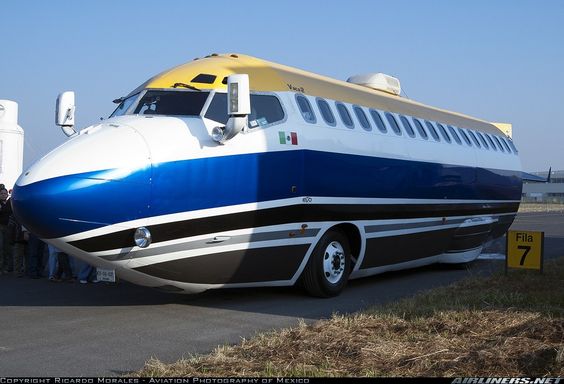Business Jet Values – Are we heading for another correction?


It has been nearly 10 years since the 2008 financial crisis and although the lessons learned from this event are remembered by many, history tells us that most will forget over time and a similar market correction will occur again in the future.
Below are some of the key contributing factors that lead up to the worst economic crisis since the Great Depression:
- Low Federal Funds Rate
- $45 Trillion of Credit Default Swaps
- Politics &Regulatory
- Basel II
- Incompetency of the SEC
- High Oil Prices
- Securitized Subprime Mortgages & Loans
- Conflict of Interest with Rating Agencies
- Short-Term Focus of Banker’s Compensation
In this article we will not focus on the above factors but rather the resulting effect they had on the run- up and eventual severe correction on business jet values. Below are the Top 5 Indicators from the 2008 Financial Crisis that Business Jets were overvalued and headed for a correction and comments regarding their presence or lack of presence in today’s market:
1. OEM Year Over Year Price Increases
Historically OEM price increases on new aircraft have increased roughly at the rate of inflation however in the years leading up to 2008 these price increases ranged from 8% to about 18% annually while the rate of inflation during that time ranged from about 2.5% to 4.0%.
Is this Indicator present in today market – NO – Over the past three years the retail asking prices of business jets from the largest OEMs have essentially remained flat while the US inflation rate over the same period averaged about 1.6%

Data for above graphs sourced from Aircraft Blue Book
2. Aggressive Lending from Banks and Financial Institutions
In the years leading up to 2008 banks and financial institutions, primarily in the USA and Europe, were aggressively competing for business and won deals by offering higher advances, lower rates and longer amortizations. It was not uncommon to see advances over 100% LTV and 20 year plus amortizations.
Is this Indicator present in today market – Not Necessarily – but in the USA as more lenders enter back into the market we anticipate seeing banks and financial institutions being more aggressive as they compete for business. Keep an eye on this one over the next 12-18 months for this will be a leading indicator if business jet values are on a potential path to once again become overvalued.
3. Emerging Market Demand For New Aircraft
The spike in emerging market demand, primarily for new business jets, that we experienced in the run up to 2008 was spurred in part by the creation of wealth by gas and other natural resources from these areas in addition to cultural changes associated with the “Westernization” of these emerging markets not seen in prior generations.
Is this Indicator present in today market – NO – There is still demand from these emerging markets but it has leveled out in addition to a shift in purchasing pre-owned aircraft versus primarily just new aircraft.
4. Speculators in OEM Order Book
Prior to the economic crisis in 2008 most every business jet OEM had some level of speculators in their order books. This led to overstated demand for new business jets and often times backlogs for new deliveries (especially on long range business jets) up to three years out. This enabled speculators to buy and sell delivery positions with those positions having sooner delivery dates demanding significantly higher prices than what the OEM was charging.
Is this Indicator present in today market – NO – In large part OEMs have become more disciplined about keeping speculators out of their order books which in part has helped OEMs to better match production rates with current and anticipated demand.
5. Aircraft Values Significantly Above Anticipated Baseline Deprecation
At Shearwater we believe a good way to approach the depreciation of a business jet is to think of “Base-Line” depreciation. Base-Line depreciation is essentially straight-line depreciation at a given annual depreciation rate like the gray line in the below graphs. We recognize that aircraft do not depreciate in a straight line however over the first 15 years of a business jet’s life we believe the values of mid to large cabin business jet aircraft will generally follow this Base- Line depreciation which we calculate to be about 10-12%.
Is this Indicator present in today market – NO – Pre-owned business jet values (15 years and younger) are tracking close to their anticipated Base-Line depreciation schedules of 10%-12% as seen below with a 2003 vintage Challenger 604 and a 2003 vintage G550.


Data for above graphs sourced from Aircraft Blue Book.
In summary, there are many related factors effecting the price new and pre-owned business jets and in looking at them in today’s global market we believe business jets are valued appropriately and we do not anticipate a significant change up or down in the next three years. New business jet prices will remain flat or increase slightly and pre-owned models will continue to follow a Base-Line depreciation schedule in the 10%-12% range.
The one factor affecting business jet values we did not cover is the rate at which older business jets will be retired and where will they go. There will be a lot of them in the coming years and there must be some interesting and innovative way to make a profitable business out of these retiring business jets…









